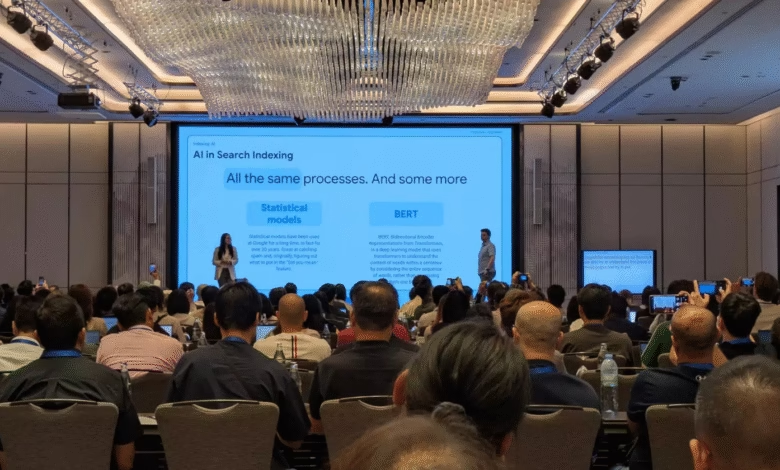Does Google Need Separate Frameworks for GEO & AEO? Likely Not

▼ Summary
– Cherry Prommawin and Gary Illyes discussed whether Generative Engine Optimization (GEO) and Answer Engine Optimization (AEO) need separate frameworks, concluding they do not.
– AI features like AI Mode, AI Overviews, Circle to Search, and Lens function similarly to traditional Search features, using the same ranking signals and infrastructure.
– Google’s AI and traditional Search share a unified infrastructure, with AI capabilities integrated as additional layers or modules on the existing system.
– AI Overviews and AI Mode rely on the same crawler as Googlebot, while Gemini operates as a separate system within Google’s crawler ecosystem.
– SEO principles remain applicable to AI-enhanced Search, and creating separate GEO or AEO frameworks may duplicate efforts rather than add value.
Google’s AI-powered search features like GEO and AEO don’t require entirely new optimization frameworks, existing SEO principles still apply. At a recent industry event, Google’s experts confirmed that AI-driven tools such as Generative Engine Optimization (GEO) and Answer Engine Optimization (AEO) operate within the same infrastructure as traditional search. This means marketers won’t need to reinvent their strategies to succeed in an AI-enhanced search landscape.
AI features like Overviews, Circle to Search, and Lens function similarly to traditional SERP elements, pulling from the same ranking signals and data sources. According to Google’s team, these tools are built on the same core indexing and ranking system, with AI simply adding an extra layer of interpretation. Whether a query triggers a standard search result or an AI-generated response, the underlying mechanics remain consistent.
Crawling and indexing follow familiar patterns, with Googlebot gathering content just as it always has. Even Gemini, Google’s advanced AI model, relies on its own crawlers within the broader ecosystem rather than requiring a separate framework. The indexing process still involves statistical models and natural language processing (like BERT) to refine data, techniques that have been part of search for decades.
When it comes to serving results, the system evaluates queries using the same principles. Stop words are filtered, key terms identified, and ranking signals applied, whether the response is text, images, or AI-generated. Machine learning models like RankBrain and MUM enhance understanding but don’t fundamentally change how optimization works.
The takeaway? SEO professionals don’t need separate playbooks for GEO and AEO. Instead, they should focus on refining existing strategies to align with how AI interprets and surfaces content. Building distinct frameworks would likely waste resources without delivering additional value. Google’s message is clear: AI is an evolution of search, not a revolution, so stick with proven optimization techniques.
By maintaining a unified approach, marketers can adapt seamlessly as AI becomes a more prominent part of search results. The fundamentals, high-quality content, strong technical SEO, and user-focused optimization, remain as critical as ever.
(Source: Search Engine Journal)






